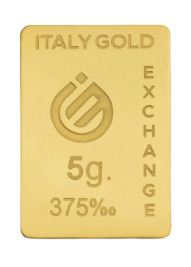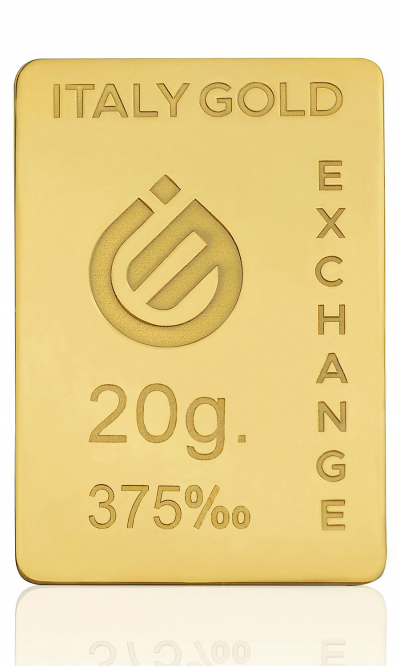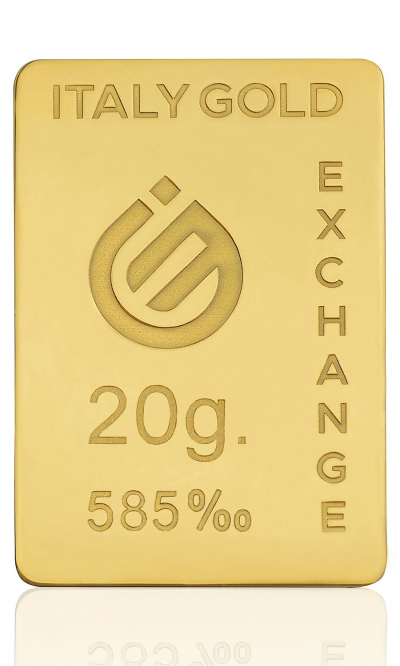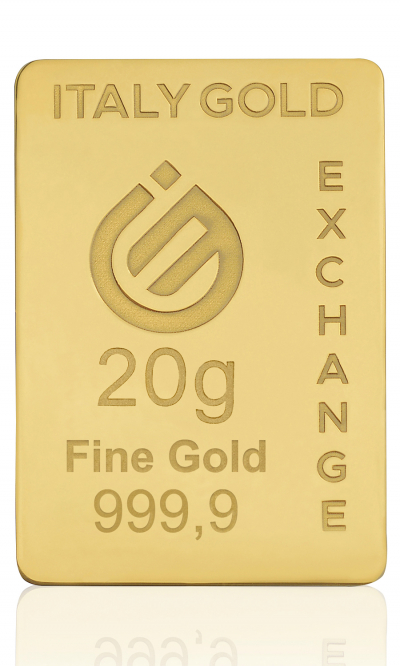When you enter a jewelry store and look at a gold ring or necklace, that shiny gold surface hides a “behind the scenes” made of numbers, proportions, and trade-offs: the carat (kt) is the key to understanding how much gold is actually present. Its importance is not only aesthetic or commercial but even cultural, because the gold grade — that is, the purity of the alloy — affects the piece’s value, durability, and prestige.
Carats and Nomenclature: How It Works
Carats and Nomenclature: How It Works
In everyday language, the term “carat” is often associated with gemstones, such as diamonds, where it represents a unit of weight. In the jewelry world, however, carat has a different meaning: it does not measure weight but rather the purity of the gold contained in an alloy.
Pure gold is conventionally indicated as 24 carats (24ct or 24kt). This means that, out of a total of 24 parts, all are made of gold. In practice, it is almost 100% pure metal, although tiny impurities may still be present. From this standard, carat values decrease as the amount of gold diminishes and other metals, such as copper, silver, palladium, or nickel, are introduced. These metals are not only used to reduce the material cost but also serve technical and aesthetic purposes: they make gold more resistant to shocks and scratches, modify color tones (from deep yellow to rose or white gold), and make it more suitable for jewelry making and everyday use.

Alongside the carat system, in the jewelry sector the millésimal nomenclature is also widely used, which is more precise and universally recognized. In this system, the purity of gold is expressed in “parts per thousand.” Gold of 18 carats, for example, corresponds to the grade 750‰, meaning 750 parts out of 1,000 are pure gold, while the remaining 250 parts belong to other metals. Similarly, 14-carat gold has a 585‰ grade, and 9-carat gold is 375‰.
This millésimal system is not only theoretical but also finds practical application in official markings visible on jewelry and authenticity certificates. It is common to find a small number engraved, such as “750” or “585,” which guarantees the consumer the actual amount of gold in the item.

9 kt - 375‰ – Accessibility, Durability, and Everyday Style
9-carat gold (9 kt) is an alloy composed of 37.5% pure gold and 62.5% other metals, such as copper, silver, palladium, or zinc. This reduced gold content significantly lowers the cost, making it a more affordable yet extremely durable material, perfect for everyday use and for those who want a real gold piece without a high expense.
Aesthetically, 9 kt gold has a slightly softer color compared to 18 kt or 24 kt gold, with shades ranging from light yellow to rose, depending on the alloy composition. The lower gold content gives it greater hardness and scratch resistance, making it ideal for everyday jewelry such as rings, bracelets, or modern-design pendants.
Although its intrinsic value is lower than purer alloys, 9 kt gold still maintains a stable market value and the advantage of being recognized as authentic gold. It is highly appreciated in the fashion sector and European market for its color and mechanical versatility, which allows precise finishes and a wide variety of styles. It is an intelligent choice for those who want to combine style, authenticity, and convenience, obtaining a durable and valuable product.
14 kt - 585‰ – The Ideal Balance Between Elegance, Strength, and Value
14-carat gold (14 kt) is composed of 58.5% pure gold and 41.5% complementary metals, such as copper, silver, or palladium. This combination provides an excellent balance of quality and durability, making it one of the most popular choices in the international market, particularly in the United States and Northern Europe.
Its color tone is warm and bright, but slightly more neutral compared to 18 kt gold, making it particularly appreciated in modern and minimalist collections. Thanks to the presence of stronger metals, 14 kt gold offers greater surface hardness, limiting wear over time. This makes it ideal for wedding bands, rings, and everyday jewelry that must withstand knocks, friction, and frequent contact.
Practically speaking, 14 kt represents an excellent compromise: it contains a significant amount of pure gold while maintaining a more accessible price than 18 kt gold. This makes it very competitive for those who want quality jewelry at a lower cost. Additionally, thanks to its balanced structure, 14 kt gold is easy to work and solder, allowing precise and detailed creations. It is the ideal alloy for those seeking refinement, reliability, and convenience without sacrificing authenticity and the beauty of real gold.


18 kt - 750‰ – The Symbol of Fine Jewelry and Artisan Excellence
18-carat gold (18 kt) is a noble alloy composed of 75% pure gold and 25% other metals. This proportion ensures a perfect balance of luster, value, and durability, which is why 18 kt gold is considered the reference standard in the world of luxury jewelry.
Its warm and intense color is the closest to pure gold, while maintaining greater mechanical resistance that allows precise and durable workmanship. Jewelers prefer this alloy because it allows perfect finishes, detailed engravings, and solid soldering — essential qualities in high-end jewelry creation.
In terms of value, 18 kt gold is widely recognized and appreciated internationally. It retains a significant amount of pure gold while offering the practicality required for everyday use. It is the ideal choice for high-quality jewelry, wedding collections, and important gifts, where one wants to convey quality, elegance, and value. It embodies tradition and artisanal mastery, combining aesthetics, durability, and intrinsic value.
It is the perfect alloy for those who want jewelry that lasts and represents authentic value.
24 kt - 999‰ – Absolute Purity and Uncompromising Value
24-carat gold (24 kt) is 99.9% pure gold, the most precious and authentic form of yellow metal. It contains no alloys or added metals, which is why it is considered the highest standard of purity and the worldwide reference for gold pricing.
Its color is a deep and bright yellow, unmistakable for its depth and brilliance. However, the total absence of hard metals makes it soft and malleable, characteristics that make it unsuitable for jewelry intended for everyday wear. For this reason, 24 kt gold is mainly used in the production of bars, coins, and value reserves, where purity matters more than resistance.
24 kt gold is the ideal form of physical gold ownership, as it does not lose value over time, is recognized globally, and can be easily liquidated or stored as a safe asset. It is appreciated by collectors and financial institutions for its stability, security, and universality, representing the very essence of value: pure, noble, and uncompromising.
It is the choice of those who see gold not only as a precious metal but a reserve of trust and economic freedom, a symbol of stability across all eras.

The choice of carat depends on intended use and desired value. If you are looking for affordable and durable jewelry, 9 kt is the ideal solution; for a balance between elegance and durability, choose 14 kt; if you want high-quality jewelry, go for 18 kt; and if you are seeking a safe asset or investment, 24 kt is the perfect choice.







